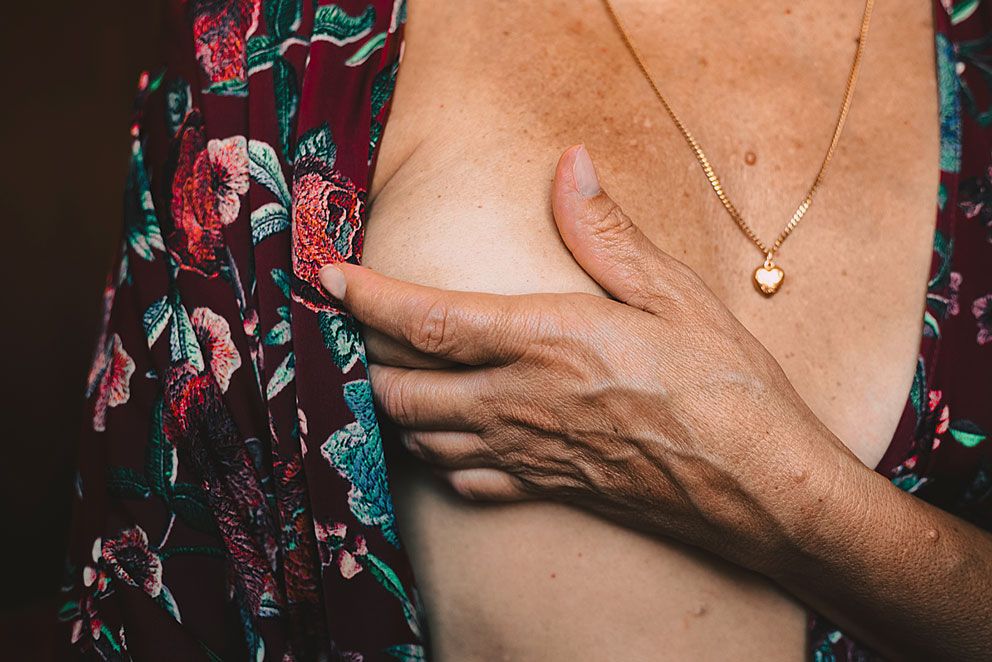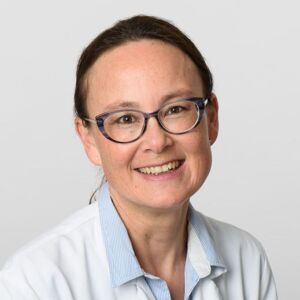A disease of breast cancer can be based on an inherited predisposition. Genetic testing and counseling at the USZ Breast Cancer Center can provide certainty and point the way forward.
Mother with breast cancer. Sister with breast cancer. Aunt with breast cancer. Women with a family history of breast cancer have a significantly increased risk of also developing breast cancer during their lifetime. A genetic test can show how high this risk is. In addition, a breast cancer diagnosis at a young age can be a strong indication that the disease was influenced by a gene mutation. “Getting clarity is a big concern for women at increased risk for breast cancer,” explains Heike Frauchiger-Heuer, a gynecologist and breast specialist at the Breast Cancer Center of the Comprehensive Cancer Center Zurich.
Inheritance through the maternal and paternal lines
To the facts: A woman’s lifetime risk of developing breast cancer is 12 to 13 percent. One fifth of breast cancer patients show a familial clustering. Up to ten percent of these cases are in turn genetically inherited. The gene mutation responsible for this can be passed down through both the maternal and paternal lines. “It is therefore important to consider both family trees in genetic Test1,” Frauchiger-Heuer said. If a gene mutation is present, the risk of disease increases many times over. Depending on the number of affected relatives, the risk increases again.
Recognize risk genes and take targeted precautions
If a genetic test identifies a gene mutation, tests on relatives can also be used to look for this mutation in them. Certain mutations are considered risk genes, most famously the BRCA1 and BRCA2 mutations, which are blamed for about 50 percent of genetic breast cancers and about 25 percent of genetic ovarian cancers. If a BRCA1 or BRCA2 mutation is present, the risk of breast or ovarian cancer is significantly increased compared to the baseline risk in the general population. If this risk is known, targeted preventive measures can be taken in family members who are carriers of this mutation.
The actress Angelina Jolie made the genetic test widely known
In this way, the famous US actress Angelina Jolie also recognized her gene mutation. She subsequently had both breasts removed as a precaution. Through her step into the public eye, genetic testing and prophylactic mastectomy also became known in Europe. “We clearly felt the so-called Angelina effect at that time,” says Heike Frauchiger-Heuer. Since then, women have increasingly taken advantage of the opportunity to have their predisposition to breast cancer genetically tested. “Genetic tests for breast cancer screening were technically impossible just a few years ago. Today, however, they can save lives.”

